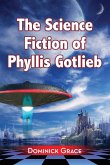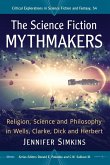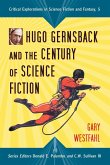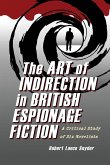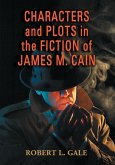From the 1960s (when the advent of what many call the postmodern style made establishing genres more difficult) to the present day, writers have been incorporating science--not only the commonly thought of science and technology but also the "soft" sciences such as psychology and sociology--into what was previously considered mainstream fiction. This book examines works by Thomas Pynchon, Doris Lessing, and others who incorporate science in fiction and exemplify the movement of mainstream fiction writers toward a new genre termed "span." It also examines works by some science fiction writers who are edging closer to the border of science fiction and slowly over into span. This book maps the boundaries of the new span genre of fiction and thus helps define texts that fall outside the realms of mainstream and science fiction. Diagrams are included and a bibliography and index.
Hinweis: Dieser Artikel kann nur an eine deutsche Lieferadresse ausgeliefert werden.
Hinweis: Dieser Artikel kann nur an eine deutsche Lieferadresse ausgeliefert werden.


